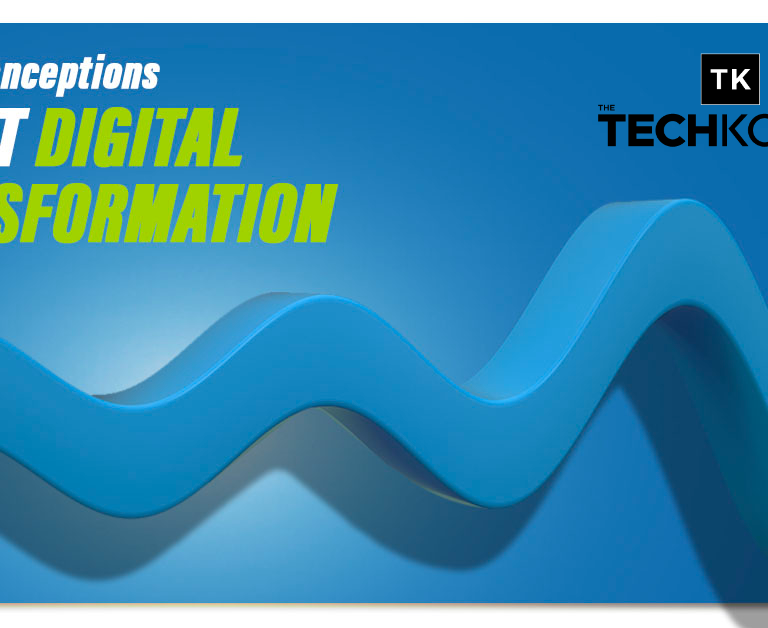In the digital age, data is the lifeblood of any business. It fuels decision-making, drives efficiency, and propels growth.
But managing data is no easy task. Especially when it’s scattered across various systems within an enterprise.
This is where enterprise data integration comes in. It’s a process that connects disparate systems, providing a unified view of information.
Understanding the basics of enterprise data integration is crucial for IT managers, business owners, and digital transformation consultants. It helps them leverage technology to improve operations and achieve business goals.
In this article, we’ll delve into the fundamentals of data integration. We’ll explore its importance, the challenges it presents, and the techniques used to overcome these hurdles.
By the end, you’ll have a comprehensive understanding of data integration. You’ll be equipped to implement it effectively in your organization, driving efficiency and growth.
The Importance of Enterprise Data Integration
Enterprise data integration is not just a technical necessity; it is a strategic asset. It aligns with business goals by connecting various systems to offer a holistic view of operations. This unified perspective enables better decision-making and streamlined processes, enhancing overall efficiency.
In a world where data is continuously generated from multiple sources, having integrated data systems is pivotal. It reduces redundancy and silos, allowing businesses to respond swiftly to market changes. Moreover, integrated systems ensure that data is accurate and consistent, fostering trust and facilitating compliance with regulatory standards. This integrated approach ultimately supports business growth and innovation.
Defining Enterprise Data Integration
Enterprise data integration involves linking different data sources to function as a cohesive unit. It enables disparate systems to communicate and share information seamlessly. This unification of data provides a comprehensive view that drives informed business decisions.
The process encompasses various techniques and tools to capture, merge, and transform data from multiple sources. It’s not just about technological connections; it’s about managing data flow to enhance business processes. By aligning data integration efforts with organizational goals, businesses achieve transparency and agility, vital for competing in today’s fast-paced environment.
Key Challenges in Data Integration
Integrating data across an enterprise often encounters several hurdles. A primary challenge is maintaining high data quality. Inaccuracies and inconsistencies can arise when combining data from various sources, requiring diligent data cleansing and management processes.
Another significant challenge is bridging data silos and achieving system compatibility. Many organizations have legacy systems that struggle to communicate effectively with modern IT infrastructure. This discrepancy necessitates careful planning and tool selection to ensure seamless integration without disrupting existing operations.
Moreover, the demand for real-time data processing continues to grow. Businesses need up-to-the-minute information to make timely decisions, putting pressure on data systems to deliver swiftly. Finally, security and compliance concerns pose a constant challenge. Adhering to regulations while securing sensitive data against breaches necessitates robust policies and tools. Addressing these challenges is crucial for any successful data integration strategy.
- Data Quality Issues
- Data Silos and System Compatibility
- Real-Time Data Processing Needs
- Security and Compliance Concerns
Data Integration Techniques Explained
Enterprise data integration can be achieved through various techniques, each catering to specific needs. Understanding these techniques is vital for selecting the right approach for your organization.
ETL (Extract, Transform, Load) and ELT (Extract, Load, Transform) are foundational methods. ETL transforms data before loading it into the target system, while ELT loads data first and transforms it afterward. The choice between these depends on the data complexity and processing capabilities of the destination system.
Data replication involves copying data from one location to another, ensuring consistency across platforms. This method is beneficial for maintaining backups and enabling disaster recovery operations. Additionally, data virtualization provides a modern approach by offering a unified interface to view data from multiple sources. It does not require physical movement of data, allowing for quick access and integration.
- ETL vs. ELT
- Data Replication
- Data Virtualization
Tools for Successful Data Integration
Successful enterprise data integration relies heavily on robust tools that streamline processes. These tools are essential for managing complex integration tasks efficiently and effectively.
Integration Platforms as a Service (iPaaS) offer cloud-based solutions that simplify the integration of various data sources and applications. They provide a central hub for managing integrations, ensuring that data flows smoothly across platforms. iPaaS solutions are ideal for businesses seeking flexibility and scalability.
Pre-built connectors and APIs facilitate quick connections between popular enterprise systems. These tools reduce development time and effort, allowing businesses to focus on core activities. They simplify the integration process, making it accessible even to those with limited technical expertise.
No-code and low-code solutions are becoming increasingly popular as they empower users to create integrations without extensive programming knowledge. These tools enable businesses to customize their integration workflows easily, adapting to specific needs and evolving requirements.
- Integration Platforms as a Service (iPaaS)
- Pre-built Connectors and APIs
- No-Code and Low-Code Solutions
Overcoming Data Integration Challenges
Addressing data integration challenges requires a strategic approach and careful planning. Organizations must prioritize data quality by ensuring accurate, clean, and consistent data across all systems. Implementing strong data governance practices is essential to achieve this.
Bridging the gap between disparate systems is another critical aspect. Companies can address system compatibility and data silos by investing in flexible integration architectures that allow seamless communication between different platforms. Additionally, ensuring compliance with regulatory standards and robust security measures is vital for protecting sensitive information during integration processes. This holistic approach ensures that integration efforts are efficient and effective.
Best Practices for Enterprise Data Integration
Implementing data integration effectively requires adherence to best practices. Strategic planning is vital; aligning integration efforts with business objectives ensures that the technology supports organizational goals rather than complicating workflows. This alignment helps optimize resource allocation and enhances overall effectiveness.
Data governance plays a crucial role in maintaining integration quality and security. Continuous monitoring and management of integrated data systems are necessary to detect issues early and ensure compliance with policies. Flexibility and scalability are also significant considerations for integration strategies. Developing systems that can grow with the business enables long-term success and accommodates evolving technology landscapes.
- Strategic Planning and Alignment with Business Goals
- Data Governance and Continuous Monitoring
- Scalability and Flexibility Considerations
The Future of Data Integration: AI and Machine Learning
Artificial intelligence (AI) and machine learning (ML) are revolutionizing data integration processes. These technologies offer advanced capabilities for automating complex tasks, improving data quality, and predicting integration outcomes. AI-driven analytics can identify patterns and anomalies in data, enabling more informed decision-making.
Machine learning enhances data integration by learning from past integration experiences to optimize future processes. It can streamline data preparation, mapping, and cleansing, reducing manual effort. As AI and ML evolve, businesses can expect more efficient, responsive, and intelligent data integration systems that adapt dynamically to new challenges and opportunities.
Conclusion: Leveraging Data Integration for Business Growth
In today’s dynamic business environment, effective data integration is no longer optional—it’s essential. By integrating disparate data sources, organizations can achieve a unified view, enhancing decision-making and operational efficiency. This integration provides a strong foundation for initiatives like digital transformation and business intelligence.
Furthermore, investing in robust data integration solutions can unlock significant growth opportunities. It enables businesses to streamline processes, improve customer experiences, and drive innovation. As technology advances, leveraging data integration becomes crucial to staying competitive and achieving long-term success. Embracing these strategies will position organizations to adapt and thrive in the ever-evolving digital landscape.





